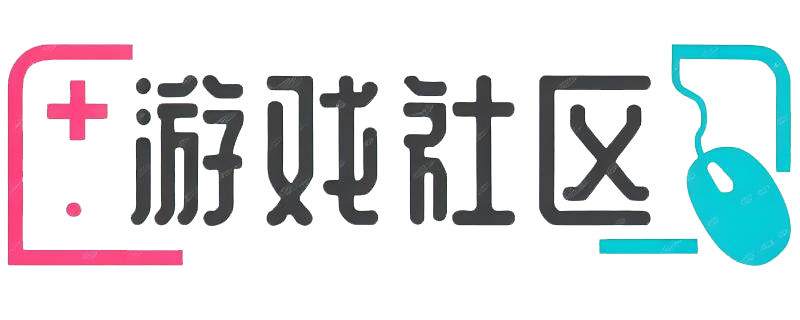Java Runtime Environment (JRE) 8, version 1.8.0, is a crucial component for any Java application as it provides the runtime environment to execute Java bytecode. This release, released in 2014, marked a significant milestone in Java's evolution, introducing numerous performance improvements, enhanced security features, and backward compatibility with previous versions.

One of the main highlights of JRE 8 was the introduction of lambda expressions and functional interfaces, which made it easier to write concise and expressive code, particularly in the context of functional programming. The Stream API also gained popularity, enabling developers to perform complex data transformations on collections with less code and better readability.
JDK 1.8 brought improvements to the garbage collector, reducing memory footprint and improving overall application performance. It also introduced the Nashorn JavaScript engine, though this feature has since been deprecated in later releases. Notable security enhancements included the Oracle Code Signer tool and stronger protection against certain types of attacks.

Another notable aspect was the support for long-term support (LTS), ensuring that critical bug fixes and security patches would be available for an extended period, providing stability for businesses relying on Java applications.
JRE 8 also saw improvements in JavaFX, a platform for building rich desktop applications, making it easier to create visually appealing and interactive GUIs. Additionally, the release focused on improving the performance of hotspot compiler, the part of the JVM responsible for just-in-time compilation.
Despite its age, JRE 1.8 remains widely used due to its reliability and compatibility with a vast range of systems. However, it's important to note that newer versions like JRE 11 and beyond offer even more advanced features and optimizations. Nonetheless, understanding and utilizing JRE 8 is still a valuable skill for any Java developer.









发表评论